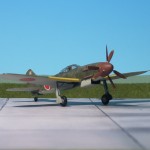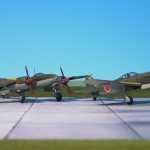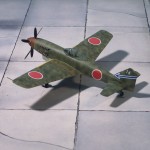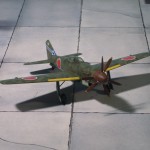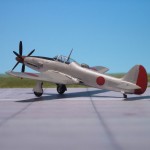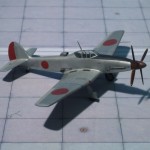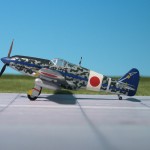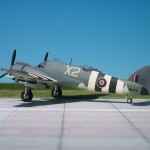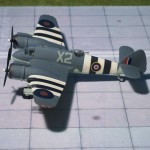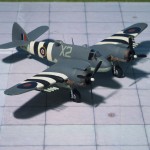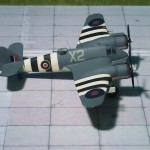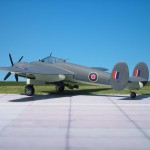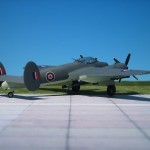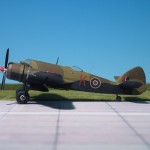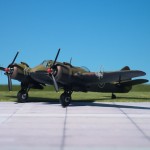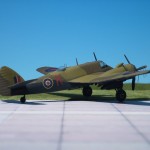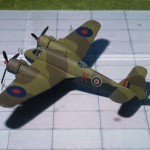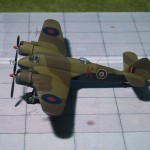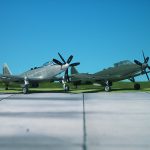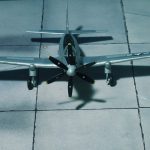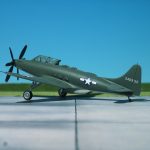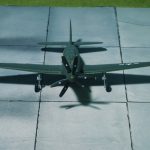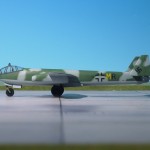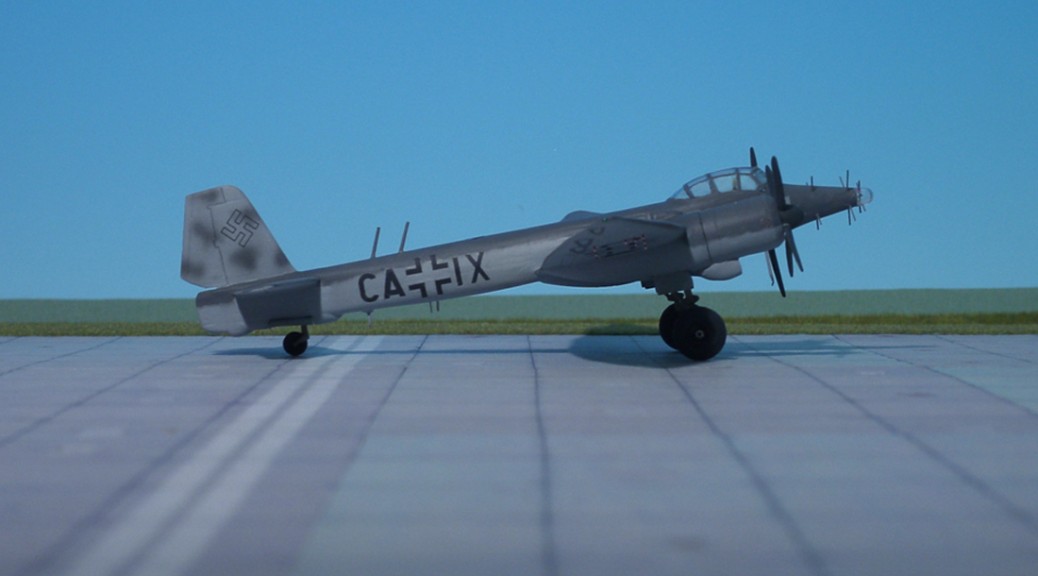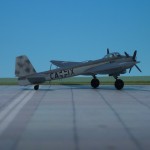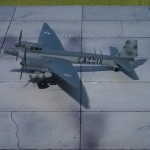TYPE: Long-range escort fighter. Project
ACCOMMODATION: Pilot only
POWER PLANT: One Mitsubishi Ha 203-II liquid-cooled engine, rated at 2,600 hp, driving three-bladed contra-rotating propellers
PERFORMANCE: 466 mph
COMMENT: During May 1943, Japanese authorities delivered a new requirement for a single-seat, single-engine long range escort fighter to protect bomber formations from interception by Allied warplanes beginning to gain the advantage in the skies over the Pacific Area of Action. The Mitsubishi Ki-73 was one result of the requirement by the type was not furthered beyond a sole, incomplete prototype before the end of WW II. The design team managed to find success with the earlier twin-engine Mitsubishi Ki-46 “Dinah” and eventually moved on to the promising Mitsubishi Ki-83 twin-engine, two seat long-range heavy fighter design of which four prototypes ultimately emerged when the development of the Ki-73 was abandoned. Rather unique for Japanese-originated wartime fighter design was the use of contra-rotating propeller arrangement. The rest of the overall design arrangement was conventional – the engine in the nose, a single-finned tail at rear and cockpit set over center mass. Wings were straight monoplane appendages with clipped tips and tailwheel undercarriage was fully retractable. While the Mitsubishi Ki-73 was never formally adopted for service and never entered serial production, captured documents by the Allies – who believed the type was to come online soon – allocated the codename “Steve” for the series which never was.





